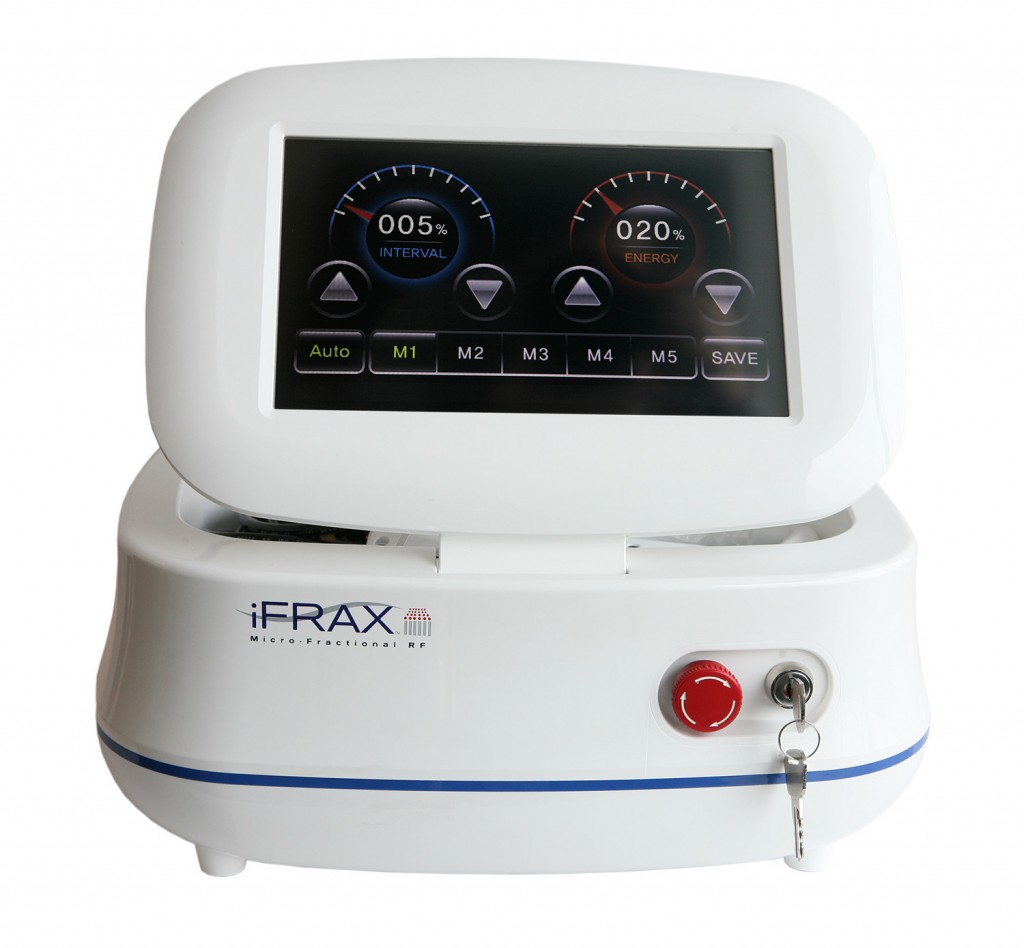 How Many Treatments Are Generally Required for Satisfactory Results?
How Many Treatments Are Generally Required for Satisfactory Results?
Depending on the indication being treated and the severity level of the condition, most treatment regimens will be prescribed in a series of from 2 to 8 treatments, and the recommended treatment interval will be from 20 to 40 days to allow for satisfactory skin healing and skin cell turnover between treatments. By dividing the full program into a series of treatments, patients will experience ongoing gradual improvement in skin health and beauty with a very low risk of adverse events and very short (or no” down time after each procedure.
What Treatment Intervals Are Recommended?
The number of treatment sessions depends on the individual patient, desired results, area(s) treated and treatment aggressiveness. Treatments are typically repeated every 3 – 6 weeks, depending on treatment depth and parameter settings used (see above charts). Downtimes can generally be expected to be from zero to three days depending on the parameter settings used and unique attributes of the patient (i.e.., skin type, etc.).
It is recommended to schedule follow-up session 2 – 3 days after the treatment to ensure a safe healing process.
Treatment should be concluded when the results are satisfactory to the patient or according to the physician’s discretion. Generally 3 – 4 sessions are needed for mild to moderate depth settings. It is not typically recommended performing more than 5 consecutive sessions. In some instances, 1 – 2 sessions may be sufficient.
How Much “Downtime” Should the Patient Expect?
The discussion of downtime is vitally important to the success of the treatment course and the patient’s overall satisfaction with the procedure. A comprehensive discussion of “downtime” and “social downtime” should be a critical part of the initial consultation. The patient’s social history, occupation and recreational activities can have a significant impact on the specific procedures and parameter settings appropriate for the circumstances. A thorough consultation will help you prepare the patient for any “downtime” the procedure may entail. Some lifestyles and careers do not allow patients the luxury of waiting out the significant “downtimes” necessary for certain procedures. Use of higher fluences, longer pulse durations and deeper needle insertions can result in the need for extended “downtime” periods to allow proper healing and resolution of tissue overheating and temporary pigmentary alterations. As a general rule, more aggressive treatment parameters will result in the need for longer downtimes. Patients should be asked about upcoming social events such as weddings, proms, and vacations which may require the use of less aggressive parameter settings or avoidance of certain procedures. In addition, a more conservative approach should also be taken when treating the face of a model or an actress because any complications or “downtime” required may impact the patient’s career or ability to earn a livelihood.
Traditional “ablative” procedures such as CO2 laser resurfacing routinely required patients to endure lengthy periods of “downtime”. RF devices – in particular the latest fractional RF models such as the iFRAX System—have significantly reduced the downtime incident to the procedures. If more aggressive parameter settings are used, patients treated with the iFRAX System may experience downtimes up to 5 to 7 days. With “medium” parameter settings a downtime of 2 or 3 days would be typical. Finally, with light settings the downtime is generally negligible. Certain treatments typically require lengthier downtime periods than others as well. The chart on page 20 (above) contains a listing of the usual downtime periods for each treatment indication. However, patients must understand the fact that the actual downtime experienced will be in direct proportion to the aggressiveness of the treatment parameters utilized for their treatments. This factor can also be covered in the consultation. If the patient wants the best treatment results possible and is willing to undergo a lengthier period of downtime, more aggressive parameters can be used in most cases.
Possible Adverse Events, Prevention and Treatment
Shortly after treatment there is moderate skin erythema and edema in the treated zone, which generally resolves within 1 – 3 days. In the dermis, treatment induces remodeling of dermal collagen (neocollagenesis) and of other matrix molecules, leading to dermal renewal.
Possible Adverse Side Effects
Possible adverse effects of iFRAX Fractional RF treatment include but are not limited to the following:
- Discomfort or pain, excessive skin redness (erythema) and/or swelling (edema), damage to natural skin texture (small blisters or skin burns), change of pigmentation (hyper and hypo pigmentation) and scarring (very rare).
- Erythema lasting not longer than 24 hours and edema for 1 – 3 weeks is a typical skin reaction to the iFRAX Fractional RF System treatment.
- Red spots or marks may appear 1 – 3 days post treatment and are typical and desirable effect. They will generally disappear 1 to 3 days following the treatment. Occasionally, at higher energy levels there is a potential low level stimulation of branches of the facial nerve and there will be some involuntary contraction of the underlying facial muscle. This is transient and is not harmful as the “iFRAX Fractional RF” effect diminishes at the deeper level where parts of the facial nerve lie above the muscles.
The patient must understand the importance of pre-treatment and post-treatment instructions and that failure to comply with these instructions may increase the probability of complications or adverse events.
